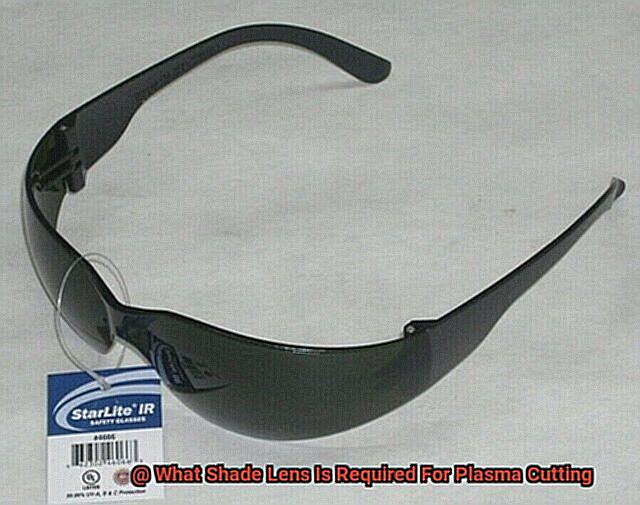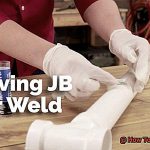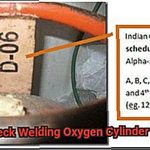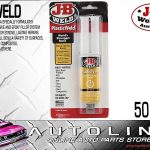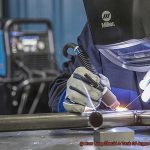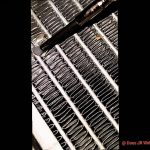Plasma cutting is a force to be reckoned with in the world of metalworking. Its power and efficiency make it a go-to method for cutting through different materials, but without the right safety measures in place, it can be hazardous. That’s why wearing protective gear is crucial when operating a plasma cutter, and one of the most important pieces of equipment is a shaded lens to safeguard your eyes from the intense light.
So, what shade lens is required for plasma cutting? It’s not as straightforward as you might think. Several factors come into play, including the amperage of your plasma cutter, the thickness of the material you’re working with, and even the type of electrode used. Generally speaking, low amperage cutters require at least a #6 shade lens while higher amperage ones may need something as high as #12 or beyond.
Choosing an appropriate shade lens is essential to ensure that you’re protected from harmful rays and intense light during plasma cutting operations. In this blog post, we’ll explore all the different factors that affect which shade lens you should use so that you can confidently protect your eyes while working with a plasma cutter. So grab a cup of coffee, sit back and let’s dive into everything you need to know about selecting the right shade lens for plasma cutting.
What is Plasma Cutting?
Contents
This is a process that uses a high-velocity jet of ionized gas, or plasma, to cut through metal like butter. The plasma is created by passing an electrical current through a gas such as nitrogen, oxygen, or argon. With temperatures reaching up to 30,000 degrees Fahrenheit, it’s no wonder why plasma cutting is such an efficient and popular method for cutting various metals including steel, aluminum, and copper.
But don’t let the simplicity of the tools fool you. Plasma cutting can be dangerous if proper safety precautions are not followed. The high temperature of the plasma arc can cause burns or start fires, and the metal being cut can produce hazardous fumes and dust. That’s why it’s essential to wear appropriate personal protective equipment (PPE) when performing plasma cutting, including eye protection and respiratory protection.
Speaking of eye protection, let me share some important tips with you. During plasma cutting, the bright and concentrated arc emits ultraviolet (UV) and infrared (IR) radiation that can be harmful to your eyesight. That’s why it’s crucial to wear a welding helmet with the right shade lens to protect your eyes. But how do you know which shade lens is required for plasma cutting?
For low-amperage plasma cutters (under 40 amps), a shade 5 or 6 lens will suffice. For amperages between 40 and 100, a shade 8 or 9 lens should be used. For higher amperages (over 100), you will need to use a shade 10-13 lens. Think of it like sunscreen for your eyes. Just like you wouldn’t go out into the sun without proper protection, you shouldn’t perform plasma cutting without proper eye protection.
But that’s not all. Choosing the right shade lens is just one aspect of protecting your eyesight during plasma cutting. You also need to consider other factors when choosing a welding helmet, such as a good fit and comfortable headgear, as well as a clear view of the work area that allows you to see what you’re cutting without strain or discomfort.
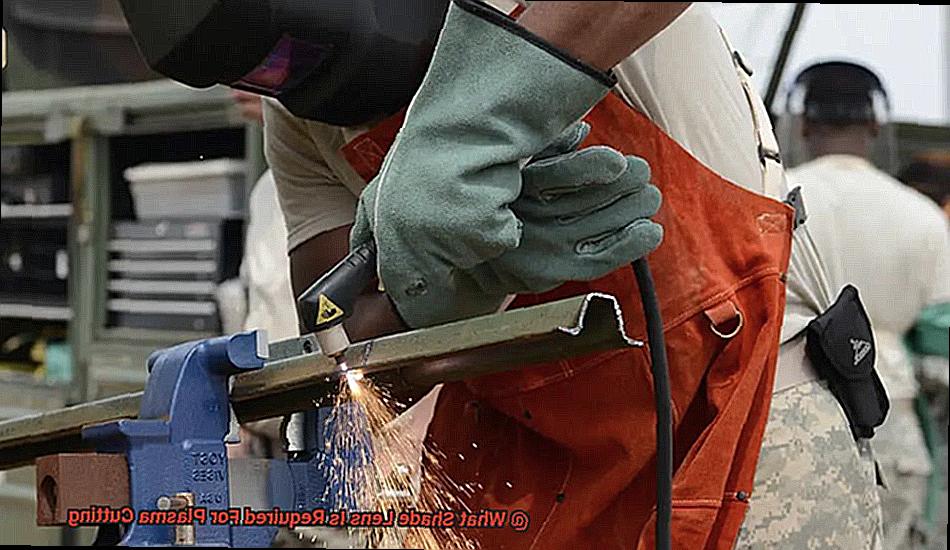
Plasma cutting is a fascinating process that has revolutionized metal fabrication, automotive repair, and industrial construction. But it’s crucial to remember that safety always comes first.
Types of Plasma Cutters
First up, we have the widely used High-Frequency Start Plasma Cutters. These plasma cutters are perfect for cutting metal sheets and plates up to 3/4 inch thick. They use high-frequency starting circuits to generate an electrical arc that ionizes gas molecules and creates a plasma arc. It’s like magic. This type of cutter is ideal for those who want to create precise cuts effortlessly.
Next, we have the Pilot Arc Plasma Cutters, which are perfect for cutting thicker materials such as stainless steel, aluminum, and copper. These cutters use a pilot arc to create a high-intensity plasma arc between the electrode and the workpiece. It’s like having your very own fireworks display in your workshop. This type of cutter is ideal for those who want to tackle challenging projects with ease.
Last but not least, we have Inverter Plasma Cutters that are lightweight, portable, and highly efficient. These cutters use advanced technology to convert AC power into high-frequency DC power, creating a stable plasma arc. They are perfect for DIY enthusiasts and small workshops who need a tool that is easy to move around and won’t take up too much space. It’s like having a superhero in your toolbox.
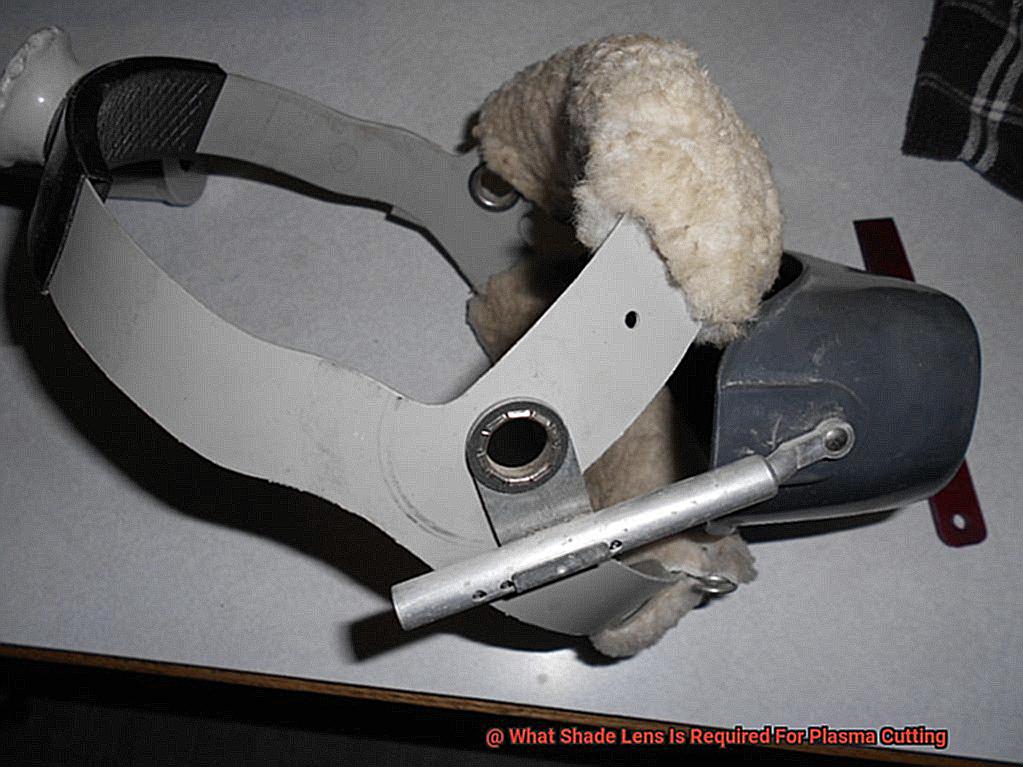
Knowing the different types of plasma cutters is essential in determining the appropriate shade lens required for plasma cutting. Think of it like choosing the right pair of shades depending on where you’re going and what you’ll be doing.
The shade lens requirement may vary depending on several factors such as the type of material being cut and its thickness, so make sure you do your research before starting your next project.
Understanding the Light Intensity Generated by Plasma Cutting
As you step into your workshop and fire up your plasma cutting machine, it’s essential to remember that the intense light generated by this powerful tool can be harmful to your eyes if you don’t take the necessary precautions. Just like a superhero donning a mask, you need to protect yourself with a shade lens and personal protective equipment (PPE) before unleashing your plasma cutting powers.
The light intensity generated by plasma cutting is comparable to welding, but much more concentrated. This bright light can cause flash burns, which are painful and can even lead to vision problems. That’s why it’s crucial to wear a shade lens when using a plasma cutter, as the lens will protect your eyes from harm.
The shade lens required for plasma cutting depends on the amperage of your machine. The higher the amperage, the darker the shade lens required. For machines rated under 40 amps, a shade lens of 5 or 6 is recommended. Machines rated between 40 and 80 amps require a shade lens of 8 or higher, while machines rated over 80 amps require a shade lens of at least 10.
However, choosing a shade lens that’s too dark can be just as harmful as not wearing one at all. It can cause eye strain and make it challenging to see what you’re working on.
So, it’s essential to choose the appropriate shade lens that corresponds with the amperage of your plasma cutter.
Choosing the Right Shade Lens for Your Welding Helmet
When it comes to plasma cutting, safety should always be your top priority. One of the most critical steps you can take to protect yourself is choosing the right shade lens for your welding helmet. With so many options available, it can be challenging to determine which one is right for you. But fear not, we’ve got you covered.
First and foremost, it’s important to understand that plasma cutting emits intense light and radiation that can be harmful to your eyes if not protected properly. This is why selecting the right shade lens is crucial for your safety. The American Welding Society (AWS) recommends a minimum shade lens rating of 8 for plasma cutting. This rating will block out at least 90% of the harmful radiation emitted during the process. However, some experts suggest going for a rating of 10 or higher for added protection.
When choosing a shade lens, you’ll also need to consider the material you’re cutting. Thicker materials may require a higher rating than thinner ones. Additionally, the distance between your eyes and the cutting site can play a role in determining the appropriate shade lens rating. The closer you are to the cutting site, the higher the rating should be.
It’s essential to note that before making a final decision on which shade lens to buy, you should ensure that it meets OSHA safety standards. Always look for lenses that are compliant with OSHA regulations to ensure you’re getting proper protection.
Your safety is paramount when it comes to plasma cutting. Choosing the right shade lens is essential in protecting your eyes from harmful radiation. Consider factors such as material thickness and distance from the cutting site when selecting a shade lens, and always opt for lenses that meet OSHA safety standards.
Factors to Consider When Choosing a Welding Helmet for Plasma Cutting
When it comes to plasma cutting, there’s no room for compromise on safety. That’s why choosing the right welding helmet is crucial to protect yourself from harmful UV rays and debris while maintaining clear visibility during the cutting process.
First and foremost, the lens shade is the most important factor to consider when selecting a welding helmet for plasma cutting. Since plasma cutting produces an intense arc that emits harmful UV and IR radiation, a welding helmet with a lens shade of at least #10 is required. Some welders prefer a higher shade number for added protection.
To enhance your experience, an auto-darkening lens is highly recommended for plasma cutting. It adjusts to the appropriate shade level depending on the arc brightness, which eliminates the need for manual adjustment. This feature enables maximum efficiency and convenience.
Another vital factor is the size of the viewing area. A larger viewing area provides better visibility and allows you to see the workpiece more clearly. However, a larger viewing area may also make the helmet heavier and bulkier. Hence, it’s vital to choose a comfortable welding helmet that reduces fatigue while increasing productivity.
Comfort is essential when selecting a welding helmet for plasma cutting. Look for helmets with adjustable headgear, cushioned padding, and lightweight materials that provide optimal comfort.
Lastly, durability is crucial when it comes to plasma cutting. Sparks and debris can damage your welding helmet over time, so it’s important to choose a durable welding helmet made from high-quality materials such as polycarbonate or nylon.
MtwSGZW7eF4″ >
Conclusion
Plasma cutting is an impressive technique for slicing through different materials, but it’s crucial to prioritize safety before anything else. To protect your eyes from the intense light, a shaded lens is an essential piece of equipment for plasma cutting. However, selecting the right shade lens isn’t as simple as it seems. Several factors can affect your choice, such as the amperage of your plasma cutter, the thickness of the material you’re working on, and even the type of electrode used.
To summarize, low amperage cutters require at least a #6 shade lens while higher amperage ones may need something as high as #12 or beyond. Choosing an appropriate shade lens is vital to ensure that you’re safeguarded from harmful rays and intense light during plasma cutting operations.
Remember that safety should always be your top priority when using any plasma cutter. Make sure to wear personal protective equipment like a welding helmet with the right shade lens to keep yourself protected. Also, consider other factors such as comfort, durability, and auto-darkening lenses when choosing a welding helmet.
